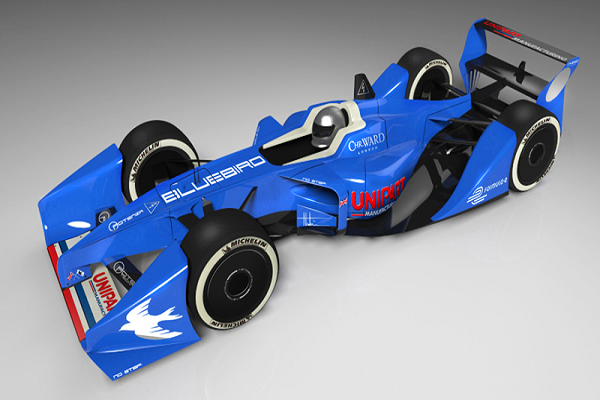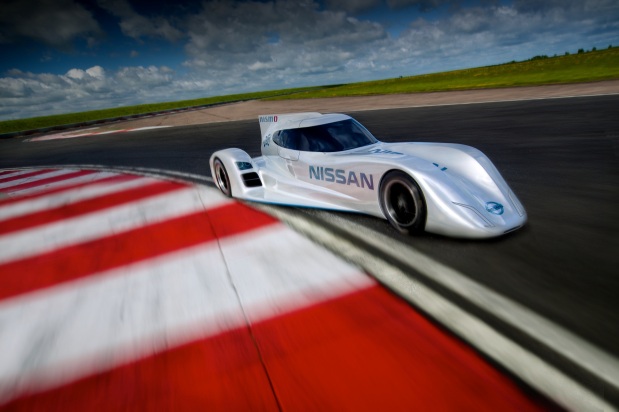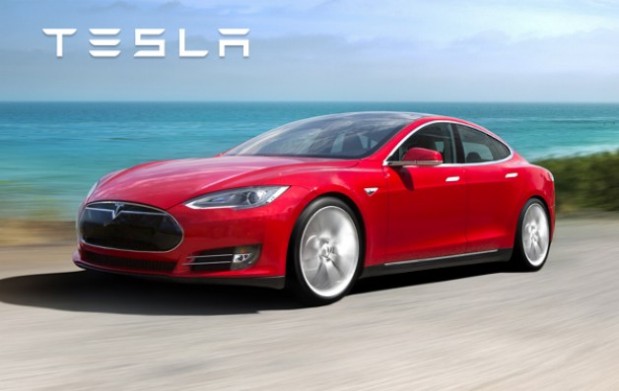I’m upset that I didn’t find this article sooner. Formula SAE is an organization dedicated to getting university students together and creating quarter scale formula cars. This organization is dedicated to the growth of students from the beginning to the end of competition. “Pre-season”, students have to design a formula style car. By design, I mean design every single part of the car. Every nut, every bolt, every part has to be designed for function and form and made from scratch. Every part of the car has to be thought of and presented to the judges in competition. The team has to be graded on design, business presentation and vehicle performance. The team with the most points in the end is declared the winner of the competition.
Formula SAE is the American version of automotive engineers’ society while Formula Student is the Europe based organization. This particular story is based in Europe. This is a story covering last years (2013) FS competition and what makes the story special and aspiring to myself is that both first and second place winners went to all-electric cars. Switzerland based team AMZ Racing dominated the field with 921 allotted points out of 1,000 while UAS Zwichau from German stole second place with 851 points. To think that just a few years ago electric motors were banned from FSAE and FS respectively, and today, they have shown dominance in the field by becoming first and second place winners.
Despite the teams’ success in competition, the FS organization is reviewing the rules of the competition to see that petrol engines and cars “remain competitive” in the future. I would think that a victory as this for all-electric racecar teams would pave the future and promote a paradigm shift for the organization, however, I fear the opposite is true.
The article mentions that heat played a major role in the demise of many favorable petrol teams in the competition. This goes to show some of the limitations and inefficiencies of the traditional combustion engine. As those teams struggled to stay cool, the electric motors continued racing throughout the endurance race and proved their durability and performance, paying off in the end of competition. One of the performance events measured by judges is a noise test. During the noise test, judges actually measure how many decibels the car emits. The limit is 105 db but points are allotted for emitting less than the maximum. This is a clear advantage for the electric cars because they do not have combustion motors and do not need large exhausts that produce high noise levels. The electric motors and transmissions do make noise, but not nearly as much as the traditional combustion motor. Another advantage is gas mileage. Gas consumption also graded by the judges and because the electric cars do not use any gas to run, they are clear winners.
I fear rules will later be implemented to “level” the playing field, but by doing so could possibly limit the true potential of an electric racecar. This goes to show that there is still some resistance to new technology despite its efficiencies.




